Last Updated on September 27, 2025 by Matt Staff
The 1940s were a decade that rewired the underworld. The most notorious criminals of this time left behind stories as stark as a flashbulb, with back-room deals, prison breaks, sudden falls, and faces the camera couldn’t look away from.
This gallery revisits 20 unforgettable tales about 1940s criminals and the moments when luck ran out, allies flipped, and courtroom lights turned legends into cautionary notes.
1. Benjamin “Bugsy” Siegel
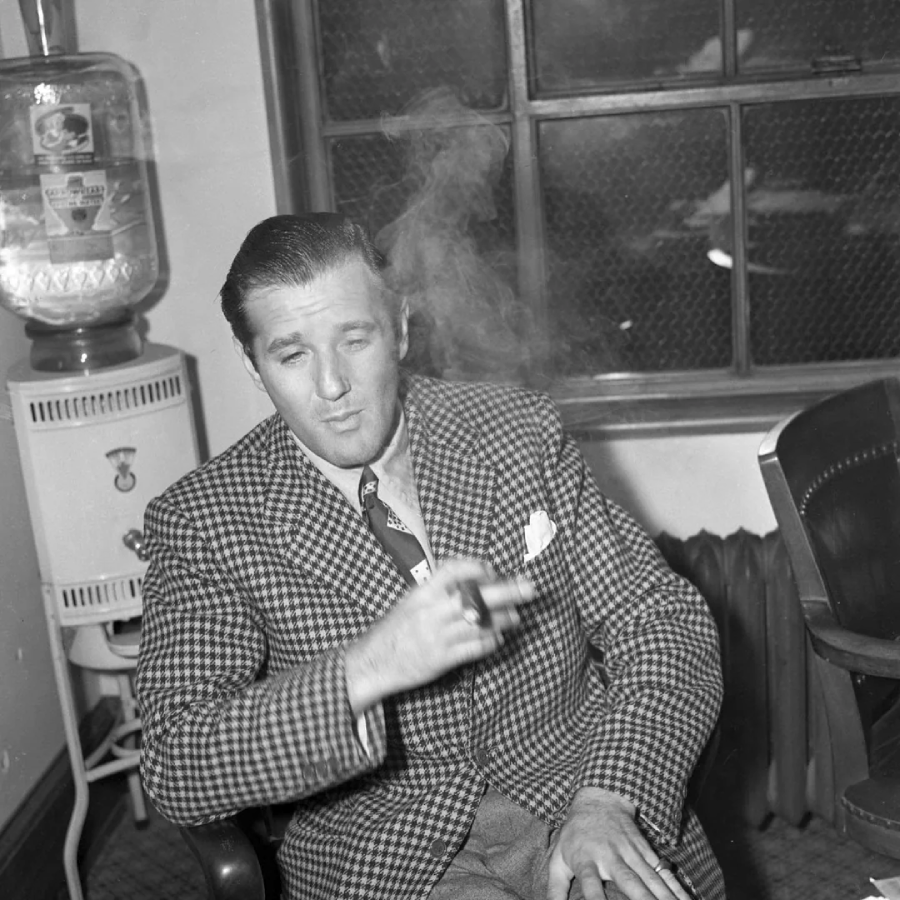
Siegel was the visionary frontman for the Flamingo who tried to turn dusty Las Vegas into a neon dream. In 1947, he was shot through the window of a Beverly Hills home, a clean and brutal punctuation mark at the end of the Hollywood-mob era.
2. Meyer Lansky
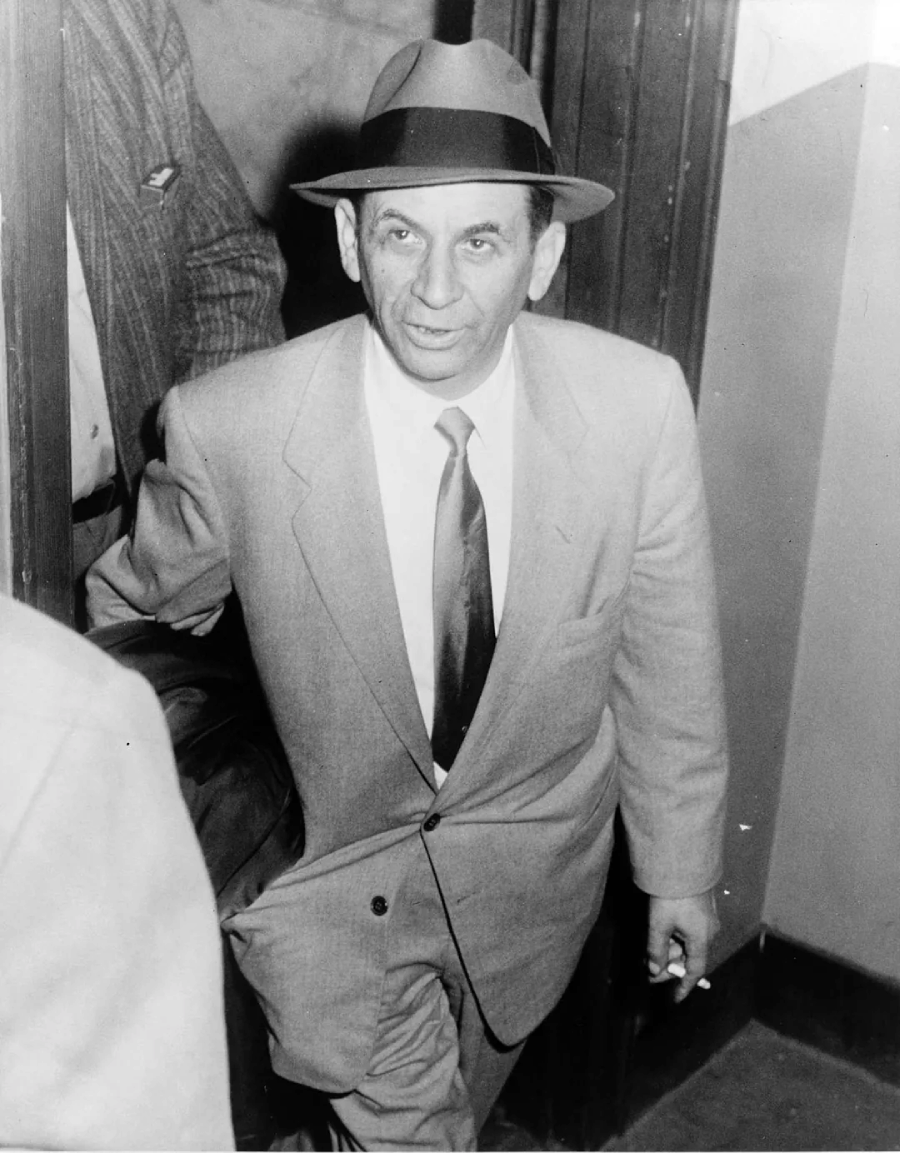
Lansky was the quiet accountant of the American mob who spent the 40s connecting the New York, Florida, and Havana money pipelines. He let the flashier men take the headlines while he built a syndicate that outlived them.
3. Charles “Lucky” Luciano
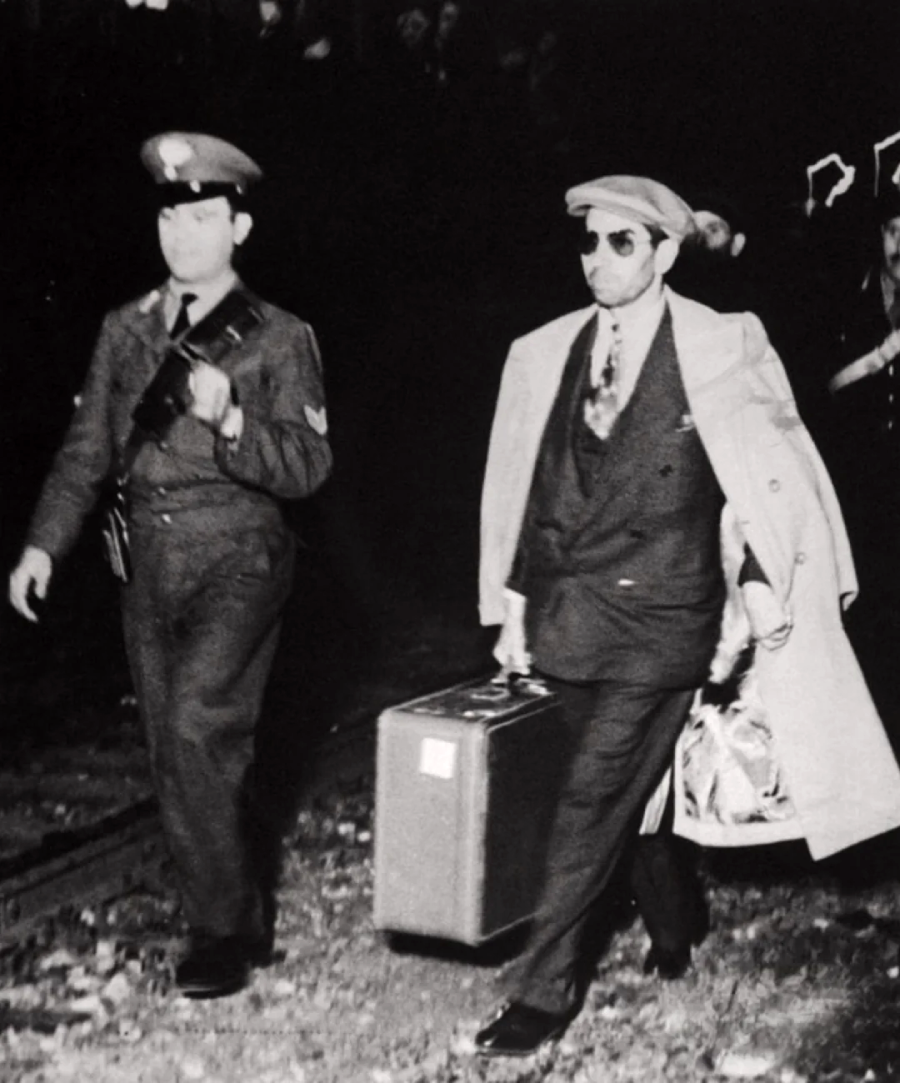
Luciano was jailed in the 30s, and he cut wartime deals that helped the U.S. on the docks and in Sicily. In 1946, he was deported to Italy, photographed stepping into a new life that still felt like a command post.
4. Vito Genovese
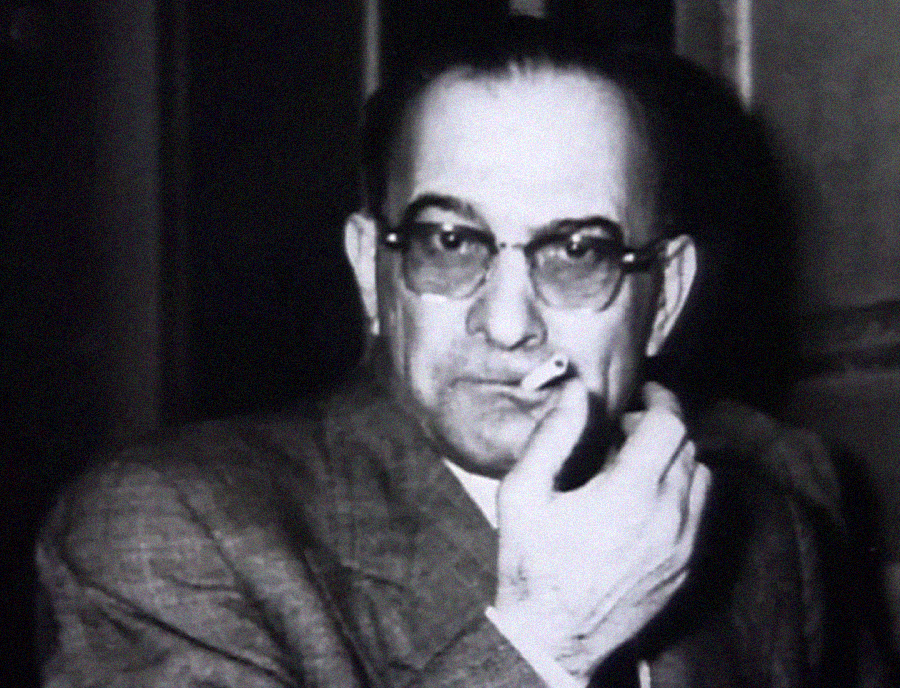
Fleeing U.S. charges, Vito lived in Fascist Italy during the early 40s. Then, he slipped back into America as the war waned. Acquitted in 1946, he spent the rest of the decade rebuilding power in the shadows.
5. Frank Costello
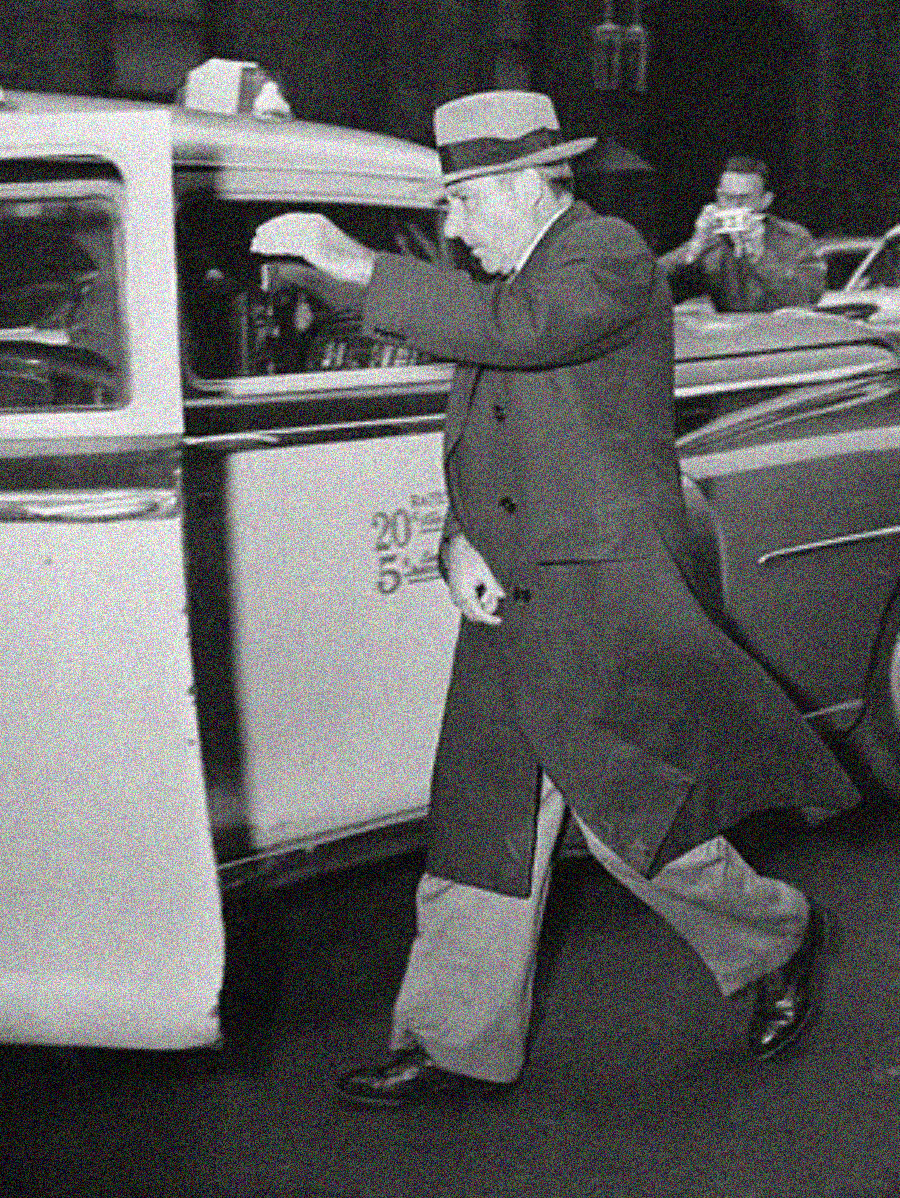
The so called “Prime Minister” preferred influence to gunfire, and the 40s were his high-lobby decade, qith slots, judges, and club doors that swung open. He proved that a top hat could be deadlier than a Tommy gun.
6. Albert Anastasia
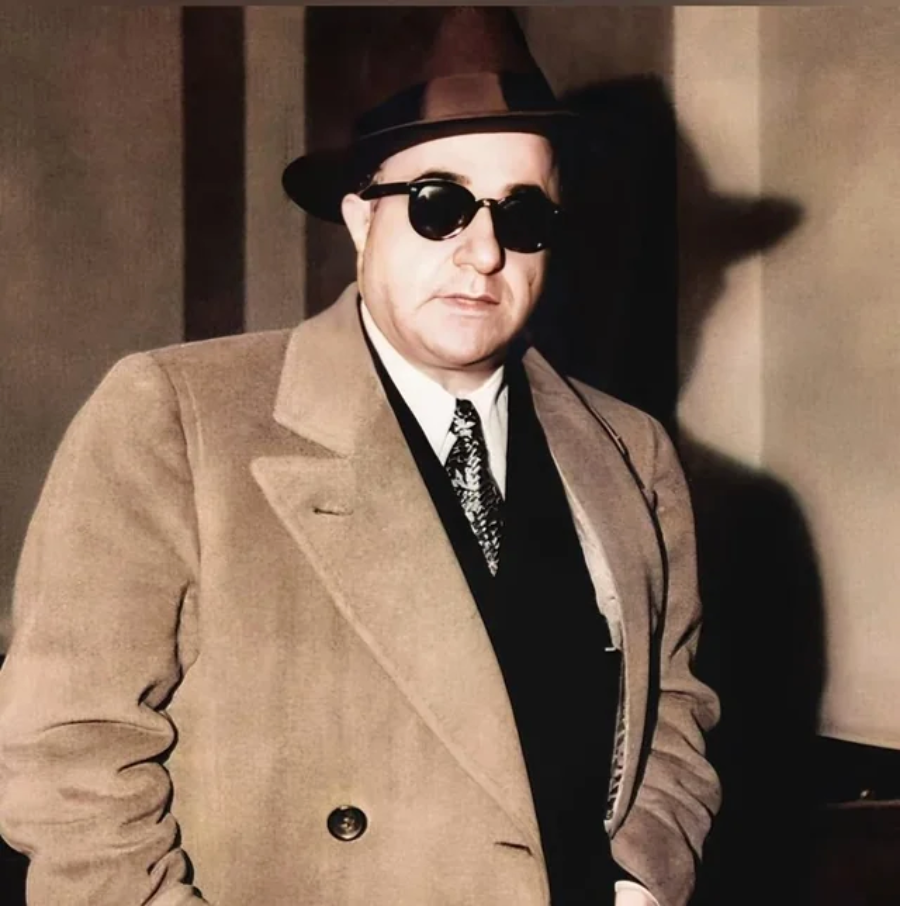
A “Murder, Inc.” overlord with an iceberg stare, Anastasia rode the 40s from enforcer to kingmaker. Whispers said he order the worst jobs with a nod no one dared misunderstand.
7. Abe “Kid Twist” Reles
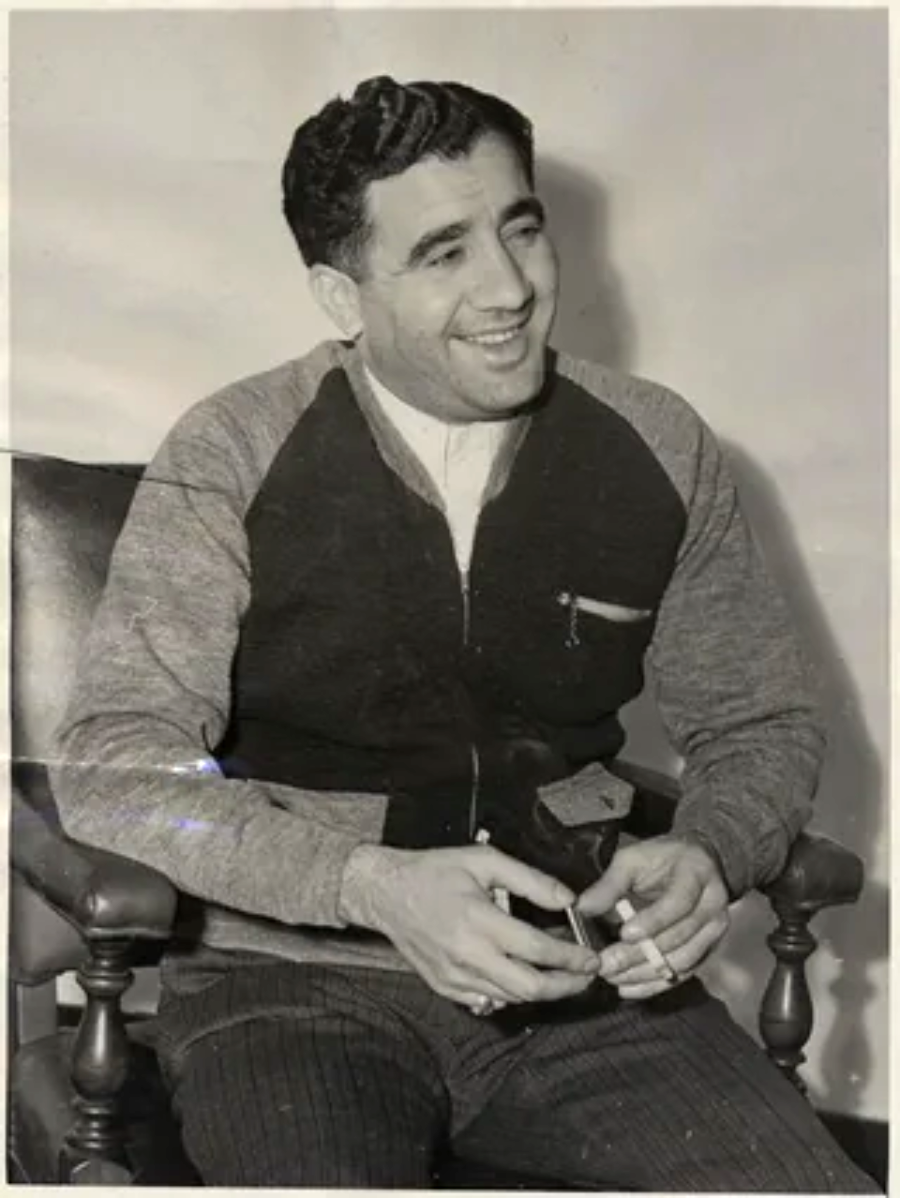
“Kid Twist” was the hitman who turned state’s witness sang names that shook Brooklyn. In 1941, he “fell” from a guarded hotel window. The papers joked: “the canary that could sing, but couldn’t fly”.
8. Louis “Lepke” Buchalter
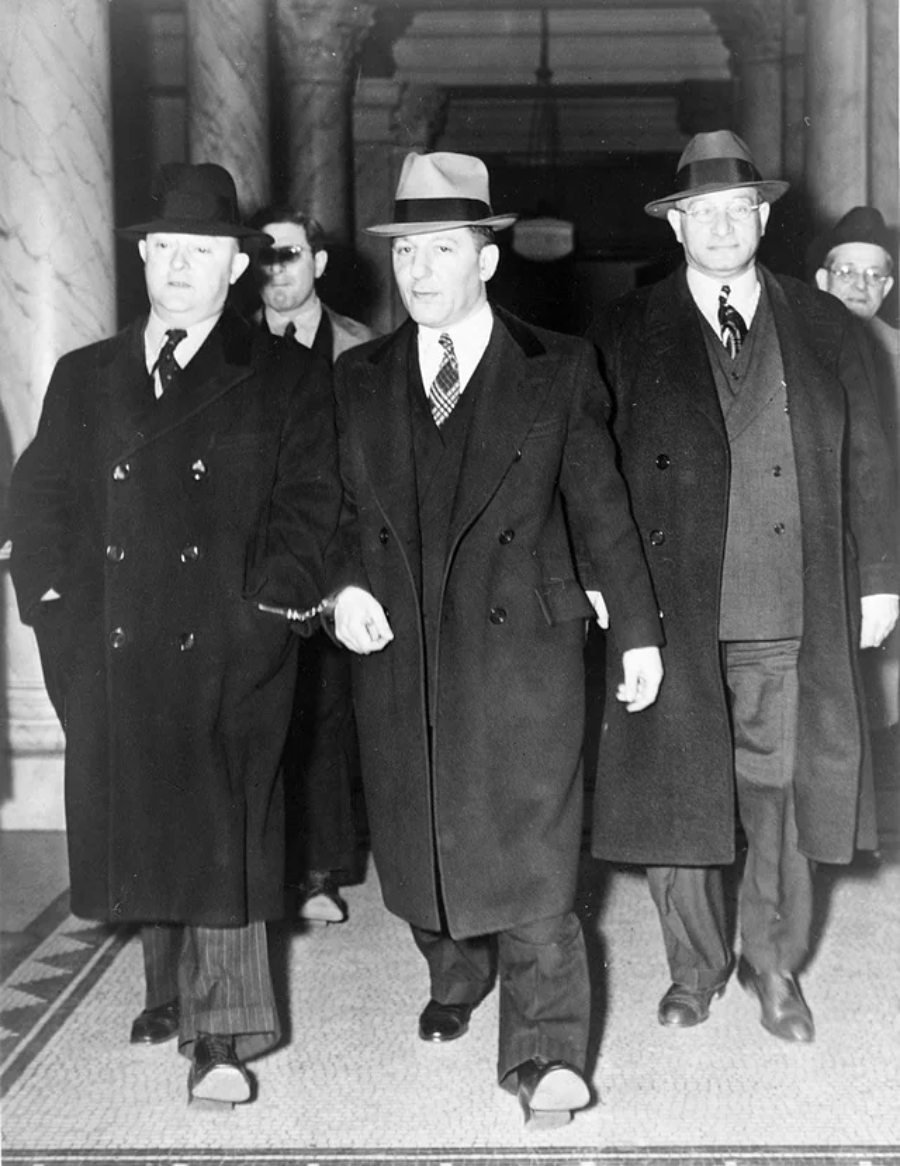
“Lepke” was America’s only major mob boss executed in the electric chair. He rode a “Murder, Inc.” empire until the indictments caught up. in 1944, Sing Sing flipped the switch and closed the chapter.
9. Mickey Cohen
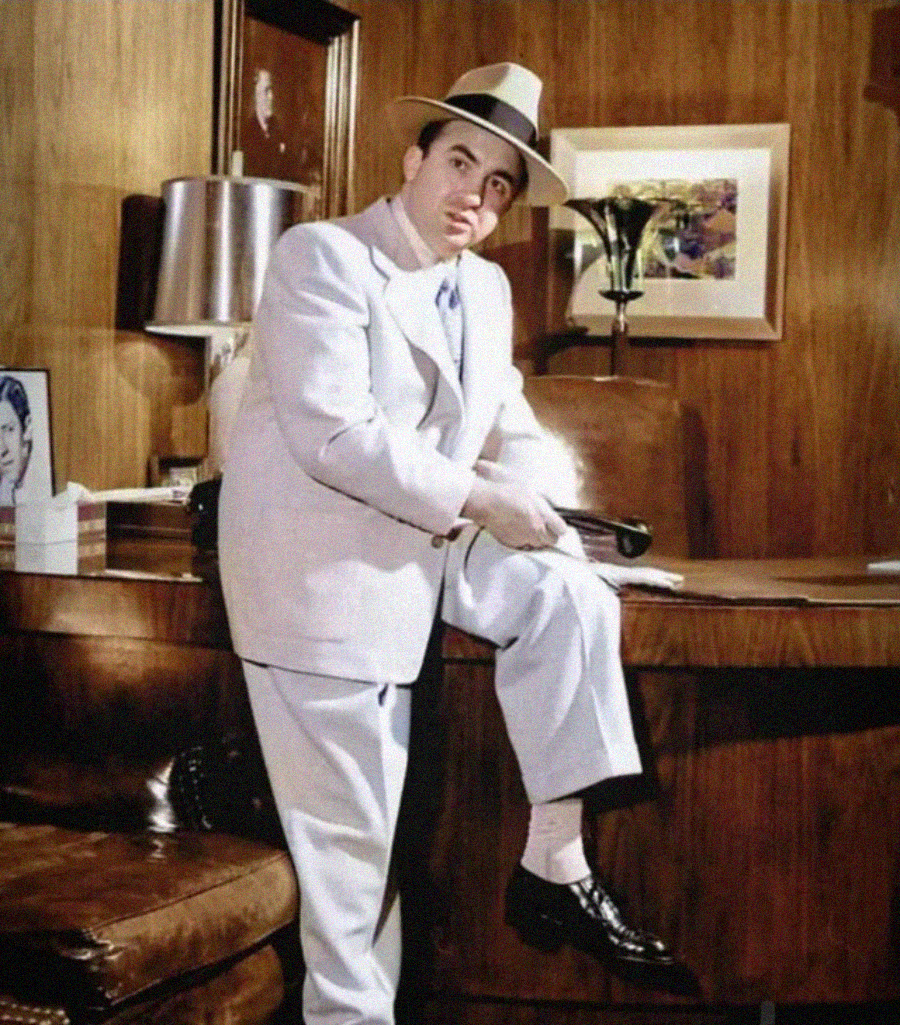
As the 40s tilted west, Cohen made Los Angeles his boxing ring with bookmaking, beefs, and front-page shoot-outs in broad daylight. He treated reporters like a second entourage.
10. Willie Sutton
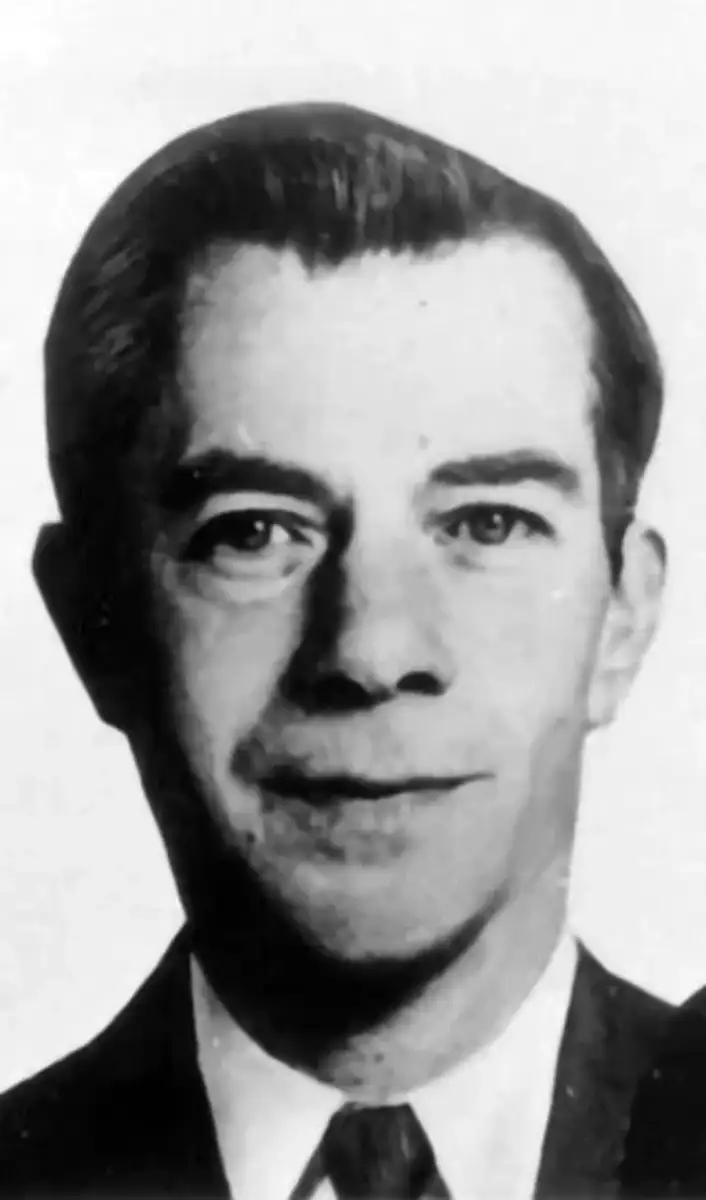
Sutton was a gentleman bank robber who turned 1940s escapes into folk legend, slipping out of Eastern State Penitentiary in a guard’s uniform. He was asked why he robbed banks, and supposedly quipped: “Because that’s where the money is”.
11. The Battle of Alcatraz – Coy, Cretzer, and Hubbard
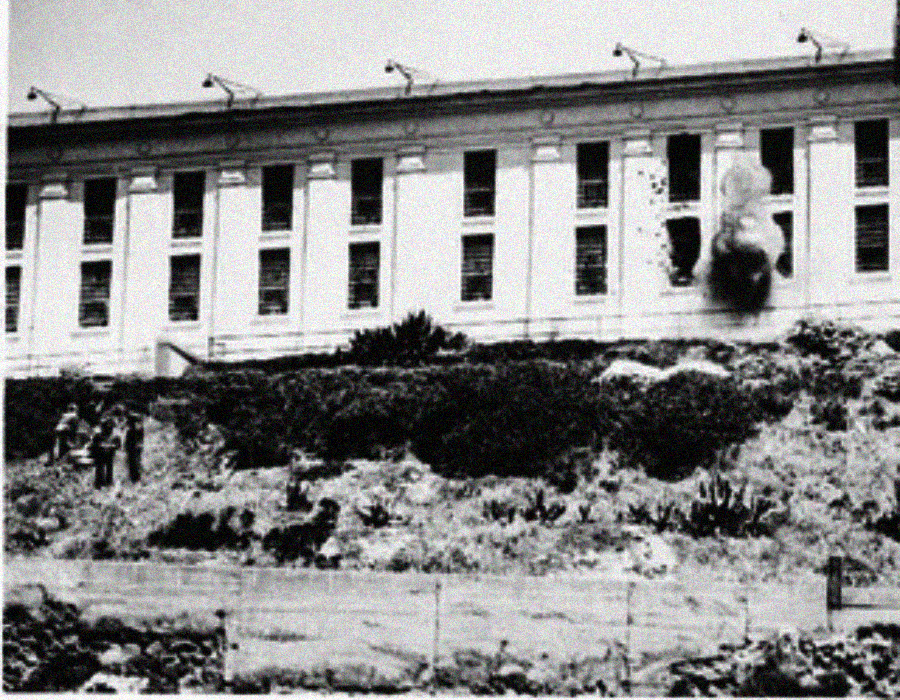
In 1946, three inmates sparked a violent breakout that turned “The Rock” into a war zone. The standoff ended with dead prisoners, dead guards, and a myth that the island was unshakeable… until it shook.
12. John George Haigh – The “Acid Bath” killer
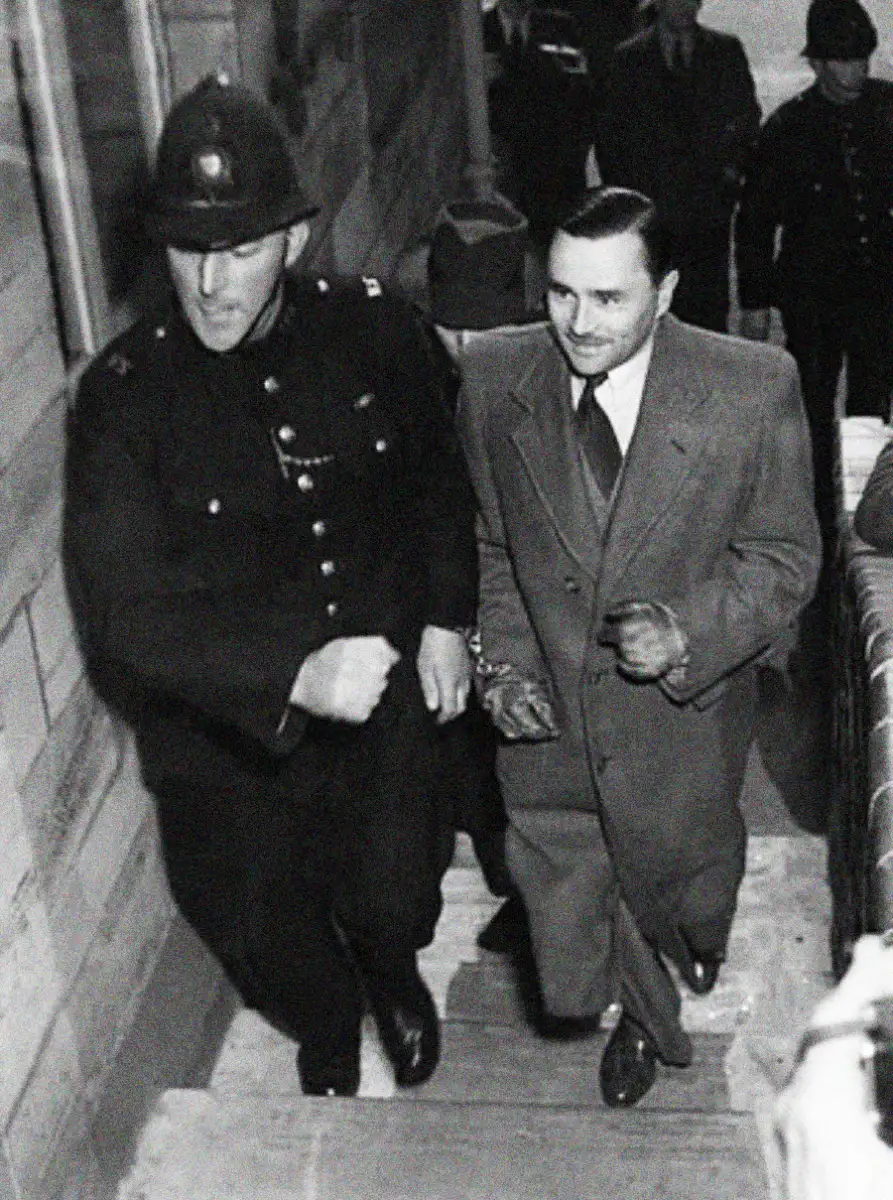
Charming and impeccably dressed, Haigh murdered for money between 1944 and 1949, dissolving his victims to erase the trail. He confessed with a coolness that still chills the record.
13. Raymond Fernandez and Martha Beck – The “Lonely Hearts” killers
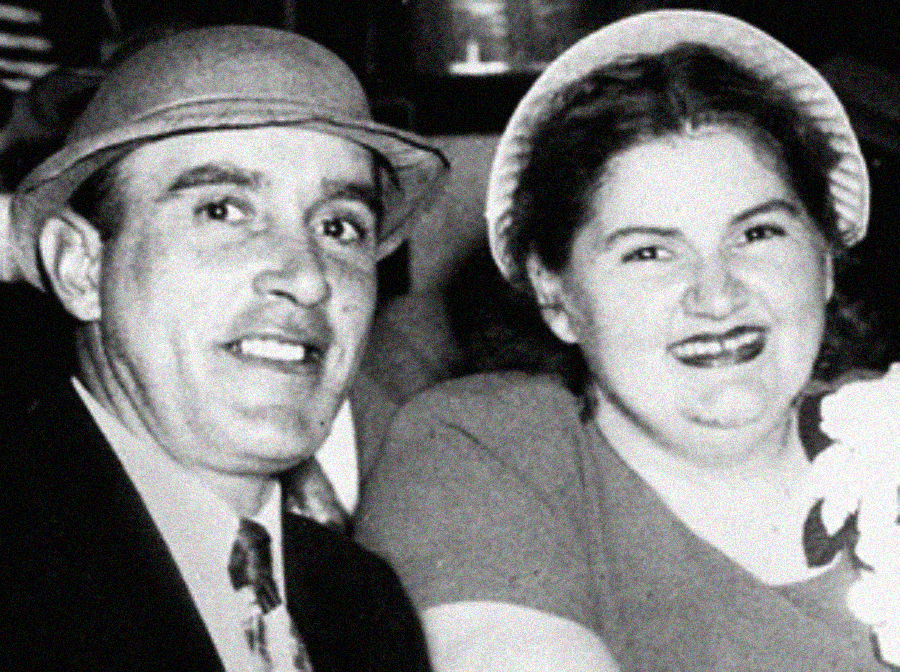
This deadly duo conned widows through personal ads and then turned theft into murder between 1947 and 1949. Their arrest photos look like a doomed honeymoon portrait.
14. William Heirens – The “Lipstick Killer”

Chicago’s terror summer of 1945 ended when a college student confessed to a string of killings. The case mixed science, tabloids, and a haunting scrawl on a wall.
15. Iva Toguri d’Aquino – “Tokio Rose”
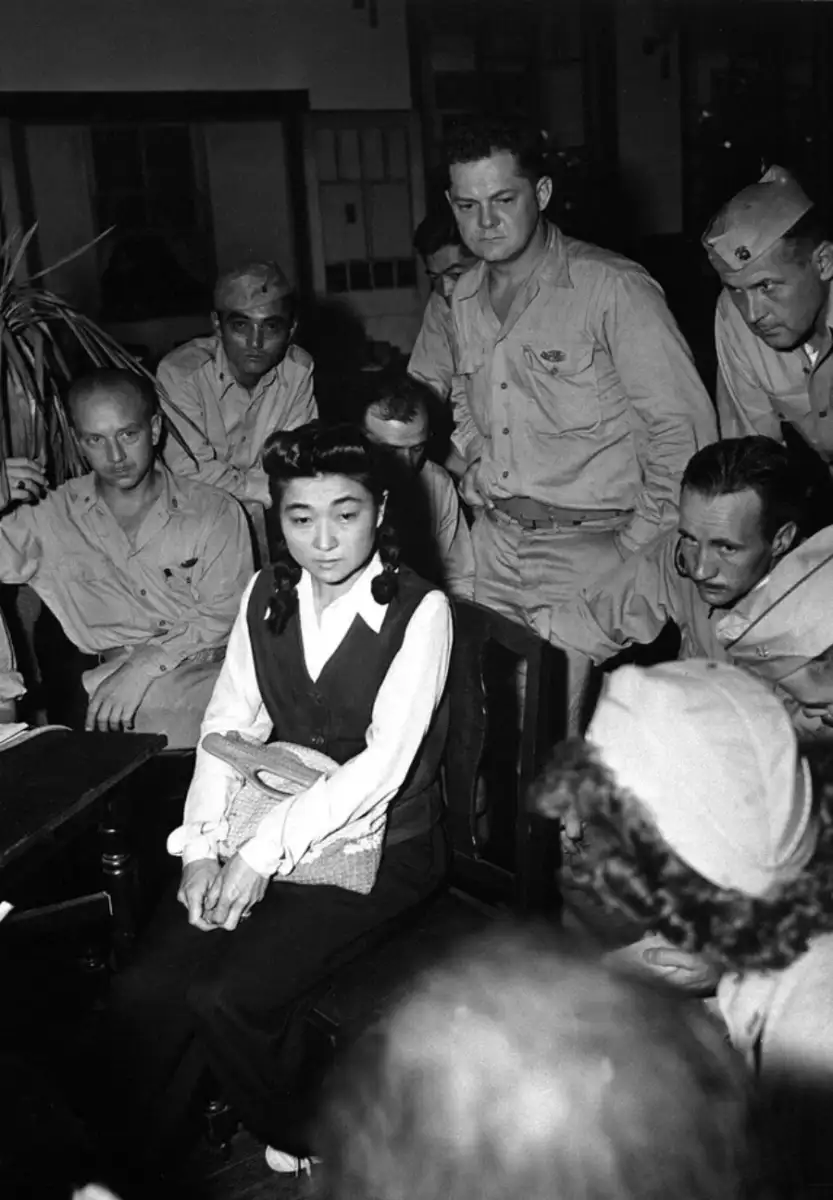
Tokio Rose was a Japanese-American caught in wartime broadcasts. She was tried for treason in 1949 amid headlines hotter than the facts. Decades later, her conviction unraveled, but the 1940s made the name stick.
16. Enoch “Nucky” Johnson
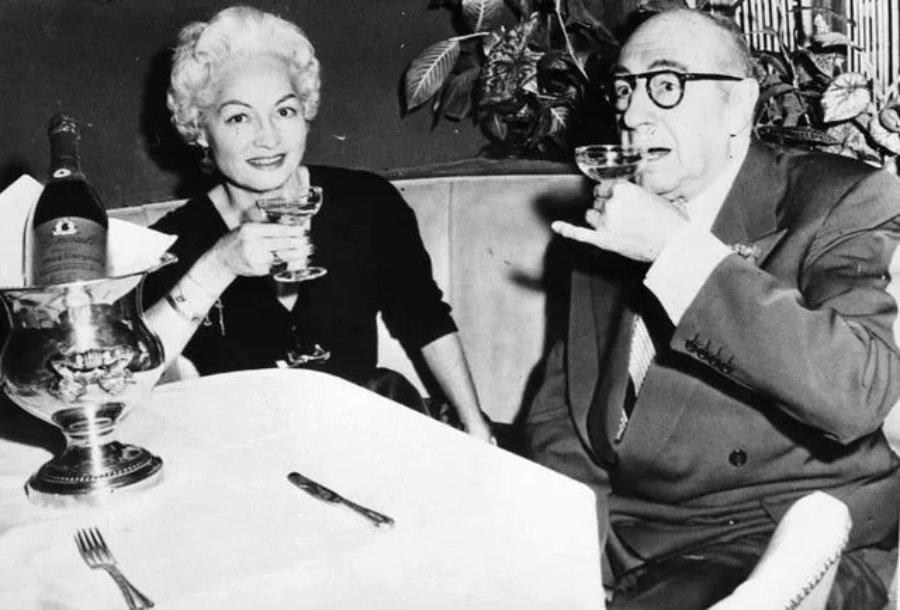
“Nucky” was Atlantic City’s political boss who finally met his reckoning with a 1941 conviction for tax evasion. The boardwalk king traded seaside suites for a federal cell.
17. Virginia Hill
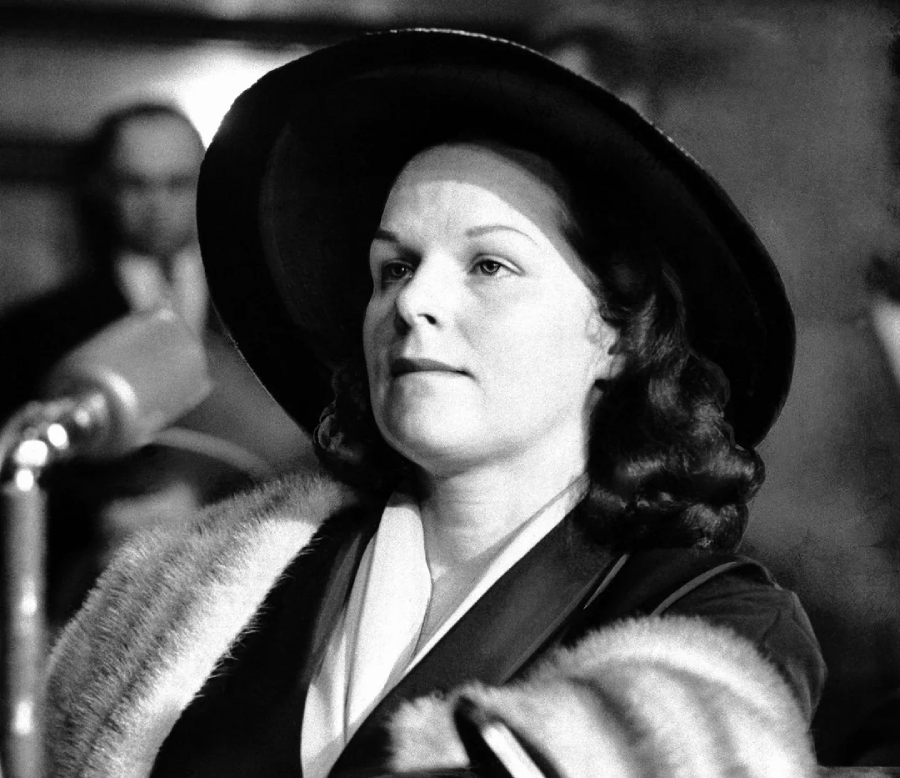
Hill was a Hollywood-glam courier and Bugsy Siegel’s companion. She knew where the money slept and where it woke up. In the late 40s, she slipped through headlines with a smile and a passport full of secrets.
18. Evelyn Dick
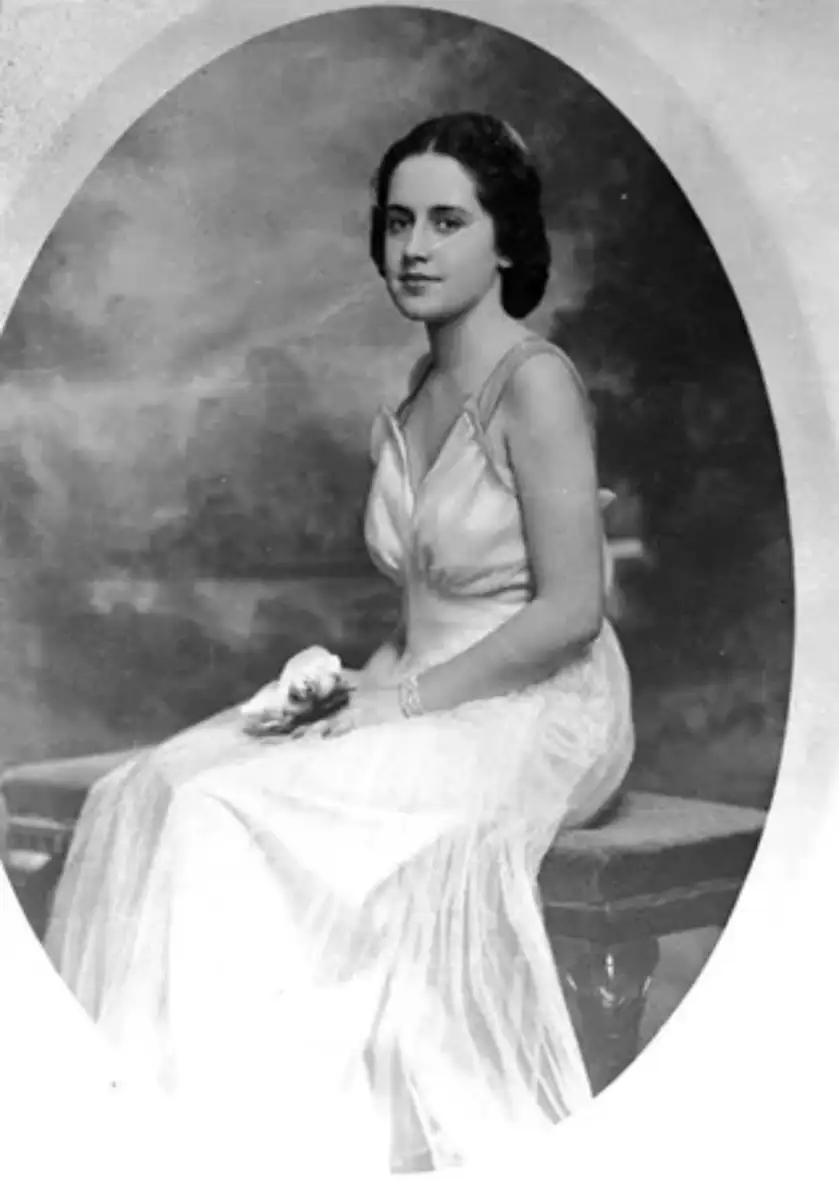
Evelyn was Canada’s most sensational 1946 case. The young Hamilton socialite was arrested after her husband’s torso was found in a roadside ditch. Her image swung between femme fatale and tragic figure, as trials and appeals turned her name into postwar scandal shorthand.
19. Juanita “The Duchess” Spinelli
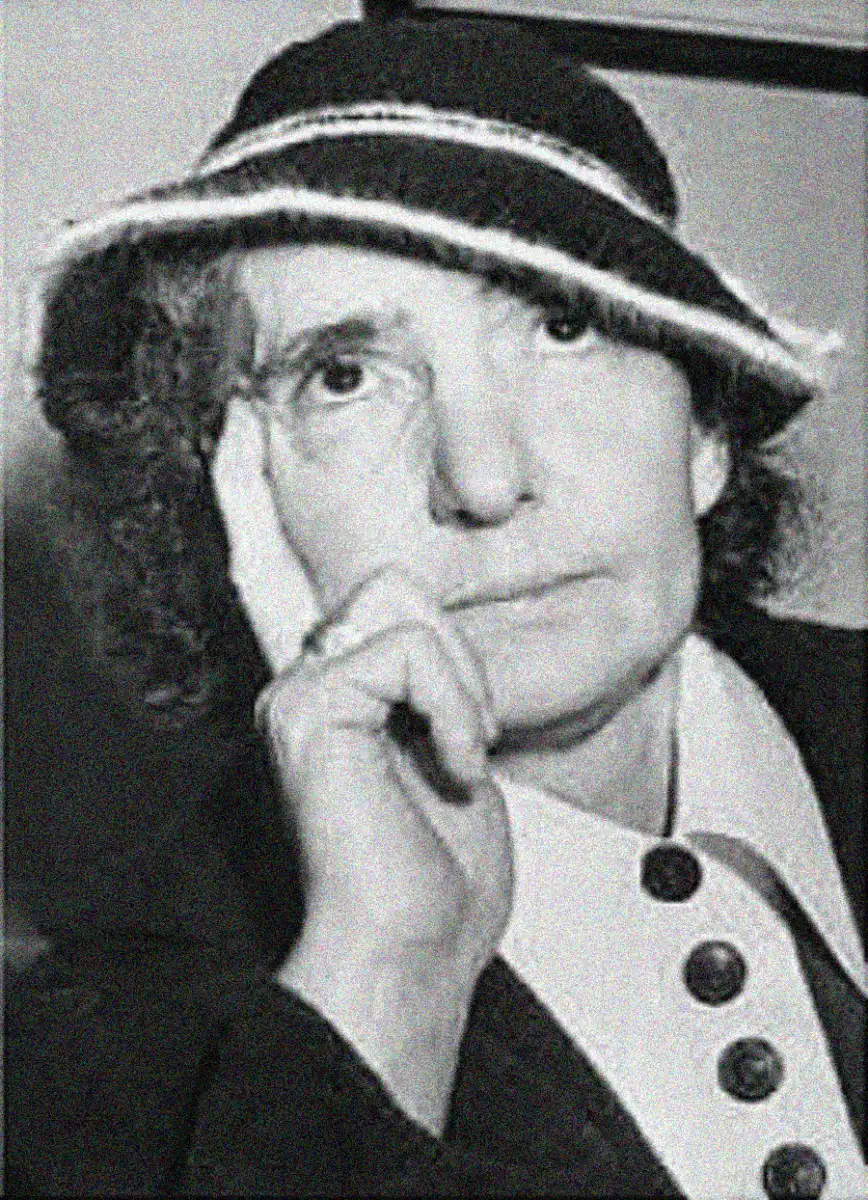
The Bay Area gang matriarch was convicted for a 1940 murder, and she became the first woman executed in California. Press coverage cast her as a cold, magnetic boss who kept rough men in line.
20. Tony “Joe Batters” Accardo
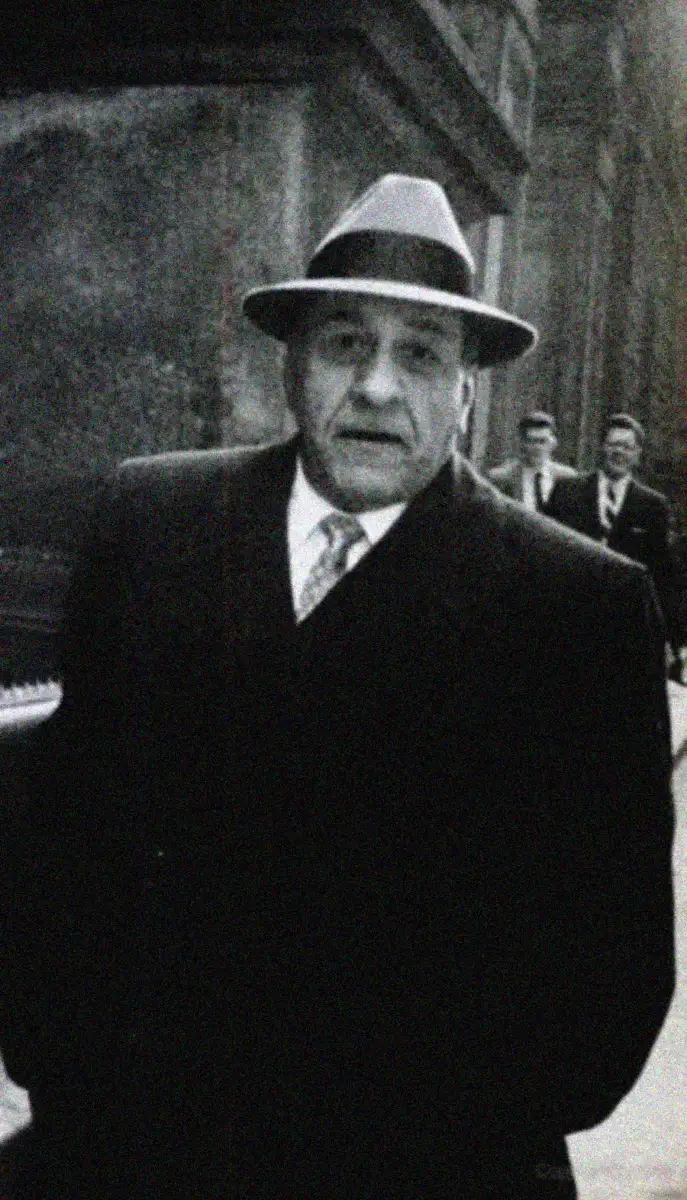
Accardo was the quiet brains of the Chicago Outfit. He spent the 1940s consolidating power while his louder rivals grabbed the headlines. With a few quotes and fewer smiles, he modernized the organization and outlasted almost everyone.
Explore more historical content:
If these crime stories pulled you into the 40s, keep the nostalgia going with these 18 of the Last Known Photos of Famous Historical Figures from the 1940s, or these 20 Colorized Vintage Military Photos From the 1940s. You can also check these 24 Vintage Photos of Honeymoons in the 1940s–1970s.